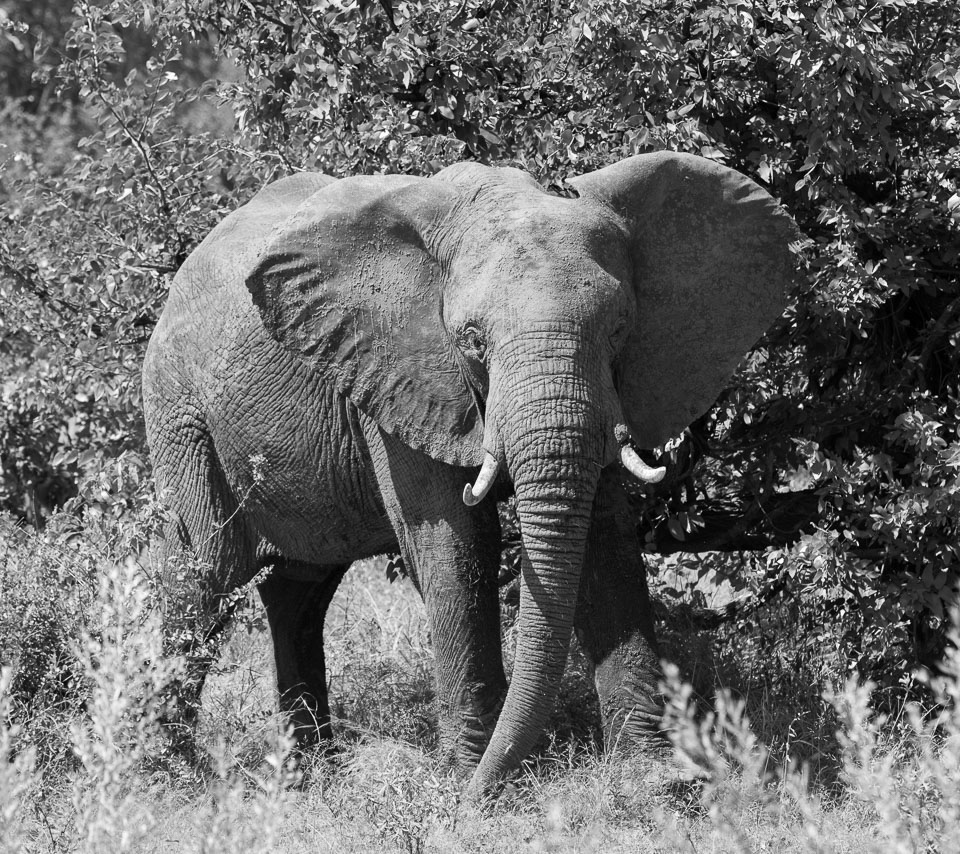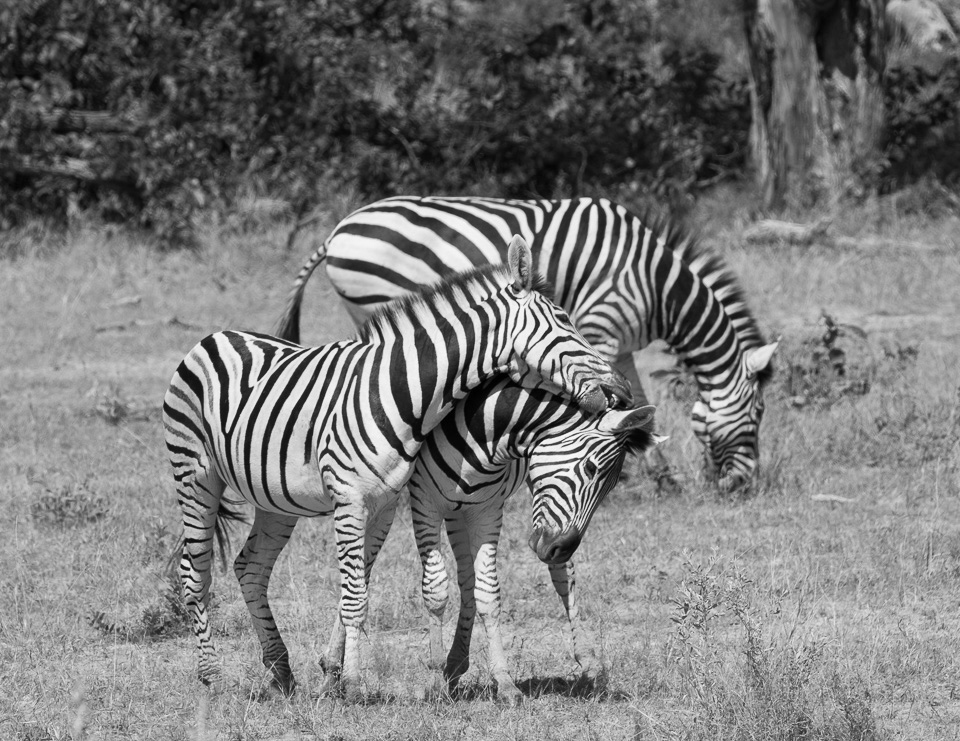
When attending Deerfield Academy in Massachusetts in the 1960s, I found myself distracted much too often from my academic assignments. The source of one of these distractions was a book I discovered in the school’s library: I Married Adventure by Osa Johnson. I became pre-occupied with this book, which had a cover embellished with bold zebra stripes—and such an intriguing title!
Johnson penned her classic memoir shortly after her husband, Martin, died at her side in a tragic plane crash in 1937. It’s a fascinating account of their pioneering explorations in the first half of the 20th century, primarily in Africa and the South Pacific. Photographers, filmmakers, naturalists and authors, the Johnsons studied the wildlife and people of East and Central Africa and of the islands in the South Pacific. Afterwards, they captured the public’s imagination through their films and books of adventures in exotic, then-unknown lands.
Perusing its pages aroused my wanderlust. I wanted a life full of similar adventures. I longed for new horizons. How would such a life be possible? And would I ever find a mate who felt the same way? It was possible—and I did. To this day, several decades and many adventures later, Osa Johnson’s book holds a place of honor in our library, a continuing source of inspiration for me and my wife.
The Johnsons were Midwesterners who became true originals. Martin, uninterested in joining his father’s jewelry business, was stricken by wanderlust at an early age. By a stroke of luck, he managed to get selected by renowned author Jack London as a crew member and cook aboard London’s 45-foot sailboat, which he sailed with his wife, Charmian, to the South Pacific in 1907. On a subsequent tour of the United States to display his photographs and artifacts from the voyage, Martin met Osa, a kindred spirit. The rest is history.
As she wrote in her memoir, “I began to grasp the fact that not only was I was married to a very unusual man, but to a man with an obsession. I grasped the additional fact that we never would live the way other people did, and it seemed to me suddenly that, under the circumstances, I had an excessive amount of pride of the wrong sort. Acquiring a nice home, nice clothes, having a successful husband, all the substantial things, had been very important to me; but now, as I looked at Martin, I began in a fumbling sort of way to shape a different sort of pride. ‘We’re going around the world,’ I told my friends on the day we sold off our furniture and wedding presents!’ ”

Osa proved to be flexible, to adapt to life was it was presented to her and to trust her instincts. Aboard a freighter bound for Polynesia, Martin asked her, “Happy?” She replied, “Oh yes, my goodness!” She then reflects: “I had looked forward to getting on the boat and heading for the South Seas as the fulfillment of long-deferred hopes for Martin. That it would hold all this excitement for me was astonishing—all these new sights, sounds, smells filled me to bursting.” Her memoir captures all the excitement as it retraces their careers. Vivid descriptions of people, places and wildlife are interspersed with an abundance of heart-stopping anecdotes.

In the following years, the couple traveled to the South Pacific and soon thereafter released a string of films, including The Cannibal Isles of the South Seas (1918) and Headhunters of the South Seas (1922). Later, they explored, photographed and filmed in East Africa, especially northern Kenya. In the early 1930s, they both learned to fly and subsequently purchased two Sikorsky amphibious planes. They flew throughout Africa getting some of the first aerial footage of large herds of animals moving across Africa’s plains. They were the first pilots, in fact, to fly over Africa’s Mount Kilimanjaro and Mount Kenya and film them from the air. In 1935, one of their films was shown on an Eastern Airlines plane, the first movie with sound to be shown in the air!
The couple have had museums named after them. The Walt Disney Company licensed their film footage. And television’s first wildlife series, The Big Game Hunt, featured footage primarily from the Johnsons with many of the 26 episodes introduced by Osa herself.

On their final adventure together, they returned to the South Pacific to film in North Borneo from 1935 to 1936. In January 1937, on a Western Air Express flight over California, Martin died when the plane crashed. Osa was severely injured but survived. She continued working and returned to Africa. By late 1937, the New York Times was publishing her dispatches about the lifestyles of various African tribes. She died in 1953 of a heart attack in New York City.
Although the lands they first brought to public attention are now well-known, their pioneering explorations before the dawn of mass market tourism continue to inspire today’s travelers, especially in the pages of Osa Johnson’s memoir.
As New York Times book reviewer Katherine Woods wrote: “Books of adventure are numerous, but this one is unique. It has the human quality of a novel and the permanence of social history.”
By now, you can understand why Osa Johnson’s memoir has always inspired me and my wife. Incredibly, we’ve managed to travel to faraway lands ourselves—as writers, photographers and filmmakers. That our lives would take this direction was not apparent when we began our careers. Fortunately, in spite of many detours and distractions, we followed our instincts. And it’s taken a lifetime to comprehend the narrative.
I Married Adventure by Osa Johnson, published in 1940, can be purchased in hard cover and paperback through Amazon, Barnes & Noble and other sources. To learn more about the Johnsons, visit the the Martin and Osa Johnson Safari Museum in Chanute, Kansas, Osa’s hometown. The museum preserves their films, photographs, books and personal belongings, as well as related collections that have been donated through the years.
A reminder: Look here for our other literary travel recommendations.
